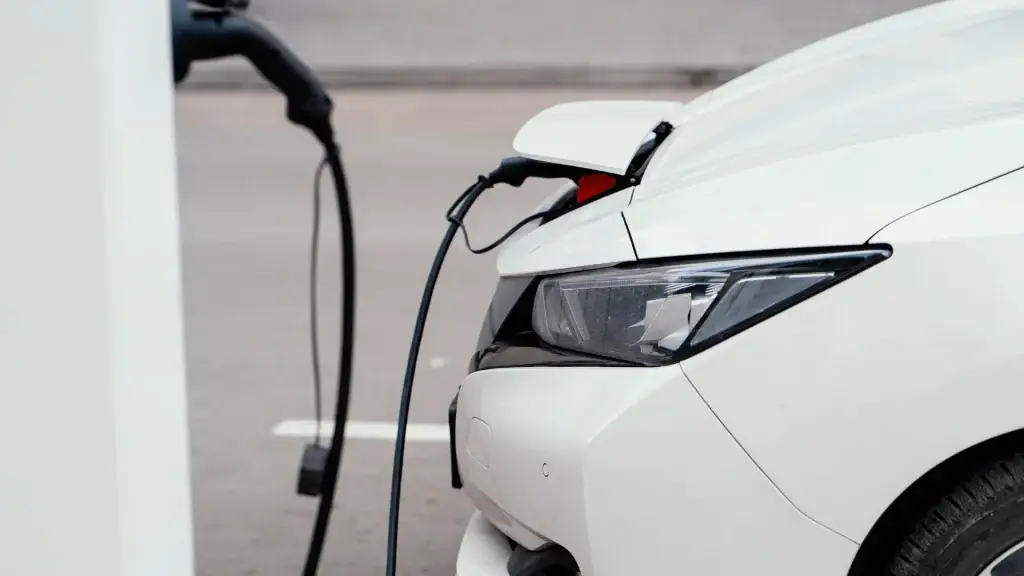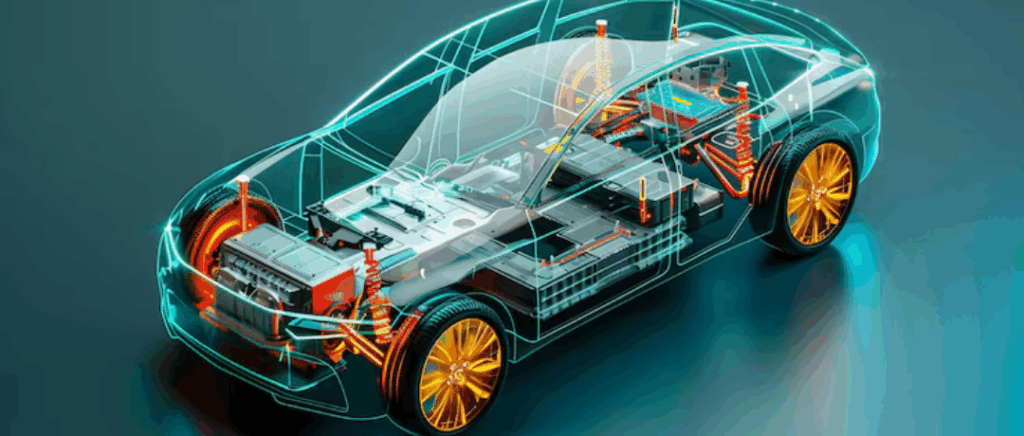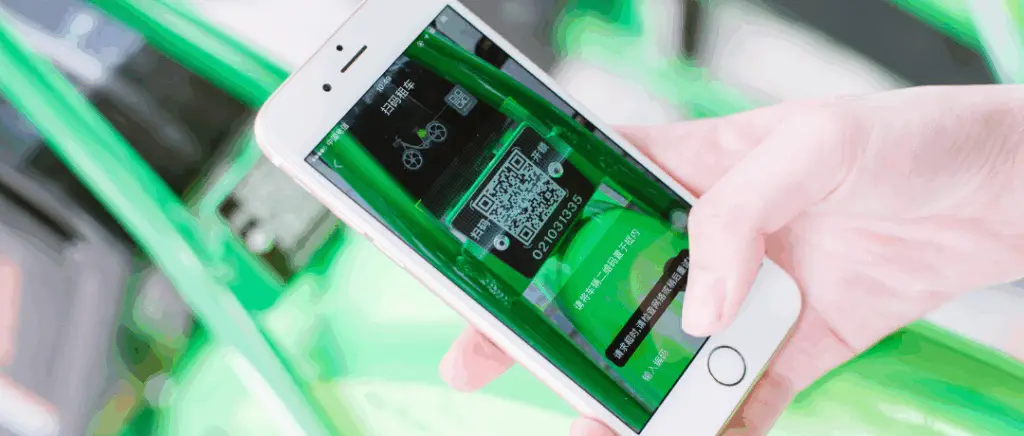your charging point
Find free recharging points
Did you know that you can use free recharging points? Note that not all the charging points you find are free. In general, these charging points are usually located in the car parks of shops and shopping centres, such as Leclerc, Lidl or Super U.
To make it easier to find charging points and plan your journeys, there are a number of high-performance platforms that use geolocation to pinpoint nearby charging points, and even international ones.
Here are a few examples:
- Chargemap By activating the locator on your smartphone or laptop, the platform will suggest available charging points nearby, shown on a map. As well as finding charging points nearby, users can also find charging points with power ratings that are adapted to the motorist's electric car, in accordance with the relevant standards:
- normal recharge point power less than or equal to 22 kW
- fast or high-power recharging point : power greater than 22 kW
What's more, if you want to recharge your electric vehicle with peace of mind, the app has a tool that lets you plan your journey.
- Plugshare Chargemap: this free application works like Chargemap. Users can use the map to find charging points in France and around the world.
These platforms are community-based, as each user can add or remove new chargepoint locations, and rate and share their charging experience. These platforms are regularly updated.
Good to know In some public car parks, recharging may be free, but the parking space may have to be paid for. So be sure to find out where you want to recharge your electric vehicle. What's more, when you've finished recharging, don't forget to move to another location, so that everyone can have access to the charging points.
Hire a charging point
If you want a recharging point, you can either buy one directly or go through an independent supplier. leasingmore commonly known as leasing.
The principle behind this type of financing is simple and virtually the same as for a electric car the motorist Hire a charging point to recharge their electric vehicle. Over a given period (36, 48 or 60 months), the lessee agrees to pay monthly instalments to the lessor. In return, the lessor gives you the opportunity to use the charging point by paying for many of the services (included in the monthly payments), such as assistance and maintenance.
The government is encouraging companies to use electric vehicles, which means installing charging points in car parks. Aware that acquisition and installation are cash-intensive, Beev offers charging point hire, only available to companies and professionals in LOA (Location avec Option d'Achat) or LLD (Location Longue Durée) form. The aim is simple: to simplify the energy transition at low cost for all businesses.
A reminder Leasing: leasing is a method of financing that allows you to hire a vehicle or a charging point by paying a monthly instalment. One of the advantages of leasing is that, unlike buying, you don't have to pay the cash price of the asset. So you save on your cash flow.
If you are interested, you should know that Beev offers packages tailored to your needs. So don't hesitate to contact our Beev experts to tell them about your project.
Charging stations + solar panels: two complementary elements
Did you know that you can combine charging points with solar panels? They work differently, but are highly complementary. Let's see how.
Solar panels: what is the European Commission planning?
To speed up the transition from fossil fuels to renewable energies, Europe (the European Commission) has drawn up a "RePowerEU"on Wednesday 18 May 2022.
With Russia's invasion of Ukraine, in addition to the prospect of an carbon neutrality In a few years' time, Europe wants to increase its independence from Russian gas and oil, before 2030.
One of the measures included in the RePowerEU plan is the installation of solar panels, as these are environmentally-friendly alternatives for energy production. From 2025, the European Commission plans to install photovoltaic panels on public and commercial buildingsand on new residential construction from 2029.
Solar panels and charging points: what's the link between them?
Charging your electric vehicle using solar energy is characterised by self-consumption of the electricity. Photovoltaic panels produce solar energy, and the surplus is sent to the charging point to recharge the electric vehicle. This innovative system allows you to be both a consumer and a producer of clean energy.
There are a number of advantages to using green energy in this way:
- economic advantage : using solar panels to recharge your electric car, you'll be able to reduce electricity bills by 20 to 30 %According to Richard Loyen, General Delegate of Énerplan, the solar energy trade association. You'll save more if you live in the south.
So not only will you save energy when recharging your vehicle, you'll also save energy with all the electrical appliances in your home. What's more, despite a substantial financial investment at the outset, the solar panels are sustainable over time. Visit photovoltaic panels This means that they are highly profitable, and there is help available to reduce the cost of acquisition.
- environmental benefit : As we mentioned earlier, photovoltaic panels use solar energy, which is a renewable energy source. In fact, solar energy is known as "green" because it is a renewable source. So by using solar panels, you can both benefit from inexhaustible energy and recharge your vehicle in the cleanest way possible.
To find out more :
Why not install photovoltaic solar panels?
With Beev and Otovo, get a turnkey solution of solar panels to reduce your electricity consumption.
Charging stations will be part of tomorrow's electricity network
If the aim is to accelerate the energy transition with the use of electric vehicles, we need to make sure that energy suppliers can keep up with the pace so as to distribute enough electricity to users. So it's important to think about environmentally-friendly solutions, to ensure that energy production and consumption are equitable.
Have you ever heard of theV2G" ? V2G (Vehicle to Grid) is a technology that enables electric vehicles to be recharged and the energy harvested to be redistributed to the grid. batteryto the electricity grid. The aim of this function is to establish a balance between electricity production and consumption.
In France, this technology is currently being tested in a number of companies. For this to happen, the electric vehicle and the charging point will have to be compatible, and the motorist will have to agree to contribute to the supply of electricity to the grid.In the future, this technology could be made available to the general public.
La Nissan brand is a forerunner in this field, with 2 electric 100 % models: the Nissan Leaf and the Nissan e-NV200. In fact, the Japanese have begun experimenting with this technology. V2G operating with the CHAdeMOsince 2010. This technology has enabled more than 7,000 households to benefit from significant savings while smoothing out consumption peaks at household level.
This innovative technology offers economic benefits for electric vehicle drivers. By supporting the distribution network, drivers will see a reduction in their electricity bill, as they are helping to balance the electricity grid.
The Plug & Charge system on recharging stations
To make it easier to charge electric vehicles, some charging points have a system that allows you to charge your vehicle without having to take out your badge or bank card: the Plug & Charge. The principle is simple: as soon as the vehicle is plugged in, charging starts. In practical terms, when the vehicle is connected to the charging point, it is automatically authenticated using the digital certificate (based on standard 15118) and the charge is billed directly.
However, not all charging points in France, or even abroad, are equipped with this feature.
The only Plug & Charge terminals currently available are :
- the terminals Tesla Superchargers while owners Tesla were the only ones able to use these charging points for their electric cars, Tesla Superchargers have recently been opened up to the general public. However, it should be noted that only cars other than Tesla must use the mobile application to benefit from Plug&Charge. To benefit from Plug&Charge, you will need to have a Tesla account linked to the vehicle and register a means of payment.
- the terminals Ionity As with SuperChargers, users of the SuperChargers Ionity will have to link their vehicle to their account on the mobile application.
- Fastned terminals Fast charging stations: these fast charging stations, with a capacity of up to 300 kW, can be found at motorway service areas. They offer the same experience as Tesla Superchargers or Ionity charging points, where you simply need to activate charging using the Fastned app.
Charging stations are installed by an approved electrician
As you probably know, you can install a charging point at home. However, certain conditions must be met. Let's find out exactly what they are:
First of all, the installation must comply with the NF C 15-100. This standard corresponds to the French rules for the design, construction and maintenance of low-voltage electrical installations.
Secondly, installing a charging point requires expertise in the field. According to the Decree no. 2017-26 of 12 January 2017The installation of bollards with a power rating of more than 3.7 kW requires the services of an installer who has completed and obtained the IRVE qualification (Recharging Infrastructure of Electric Vehicles).
What are the reasons for this? To ensure the comfort and safety of the electric vehicle during recharging and, of course, of the motorist.
What's more, the holder of the IRVE qualification will be able to offer you the benefit of the ADVENIR programme so that you can benefit from the premiums, whatever your situation (private or professional).
Installing a charging point yourself goes against the rules and could be dangerous and technical for you. As a result, without a professional to install the charging points, if an incident occurs, your insurer may not cover the damage, which could be problematic.
To find out more : choosing the right electric car charging point installer.
In conclusion
To conclude, these 6 points show that charging stations are at the service of motorists, as they enable them to recharge their electric vehicle. In fact, that's their main function.
What's more, with the aim of achieving carbon neutrality by 2050, new technologies mean that the charging points of tomorrow will become direct players in the electricity network.
Are there any things you don't know about charging stations?
Don't hesitate to let us know in the comments section.
If you would like to find out more aboutsupport for the installation of charging points for private customers in 2024For more information, see our article on this subject.
































